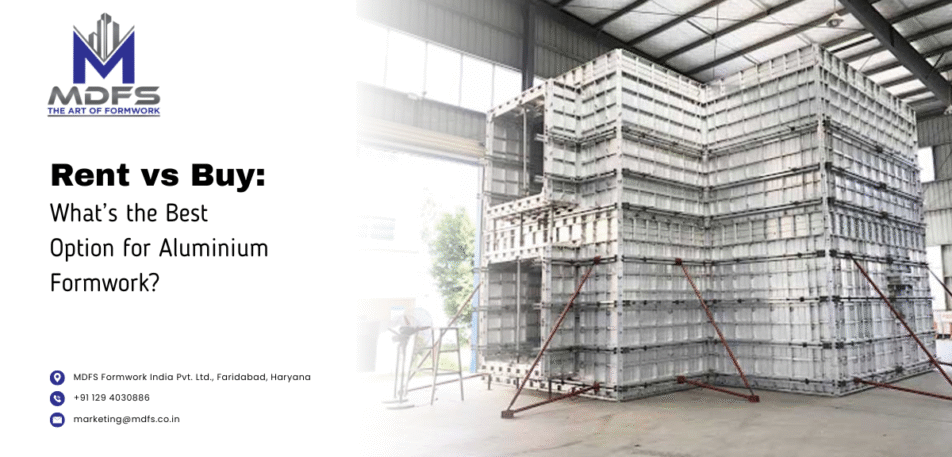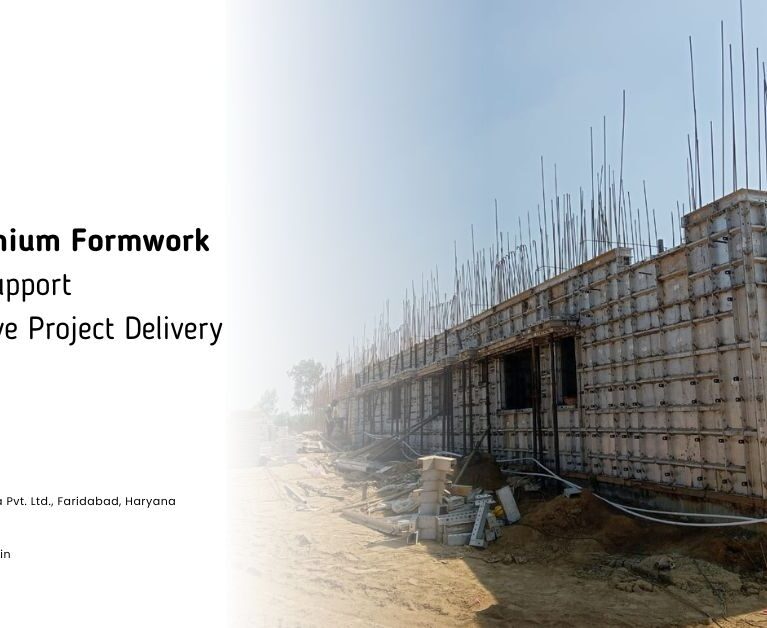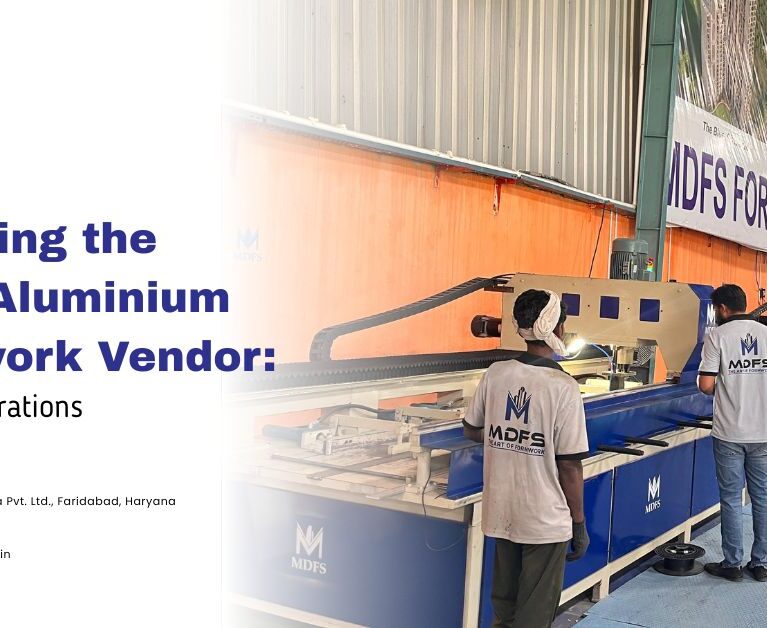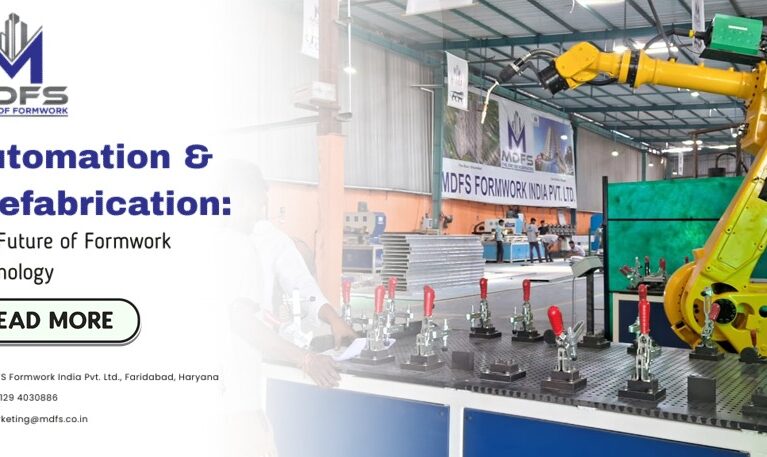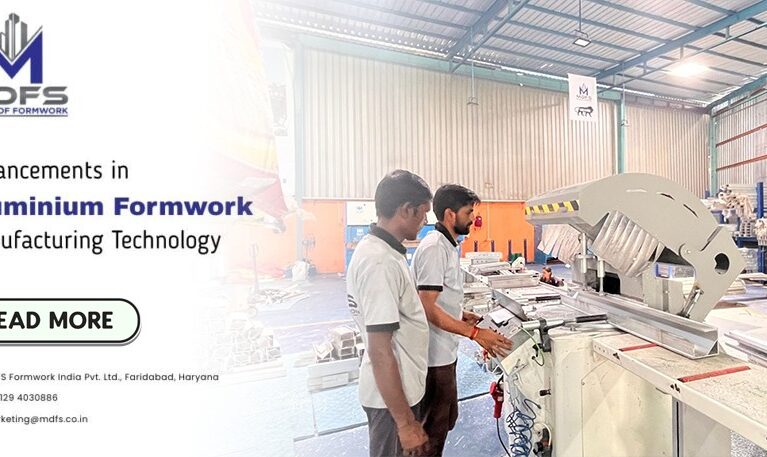In the ever-evolving construction industry, speed, efficiency, and quality are non-negotiable. Among the many innovations driving this evolution, aluminium formwork stands out as a preferred solution for fast-paced, high-rise, and repetitive building projects. Known for its durability, lightweight design, and ability to deliver superior finishes, aluminium formwork systems are now a staple in residential and commercial projects worldwide.
But once a construction company decides to use aluminium formwork, a key question arises: Should you rent or buy?
Let’s explore the pros and cons of each option and help you determine the best approach for your project — whether short-term or long-term — with insights from leading aluminium formwork providers.
What is Aluminium Formwork?
Before diving into the rent vs. buy debate, it’s essential to understand what aluminium formwork entails.
Aluminium formwork is a construction system used to mold concrete into walls, slabs, beams, columns, and staircases. It replaces traditional timber or steel formwork and provides a monolithic structure with high accuracy and uniform quality. Thanks to its reusable and lightweight nature, aluminium formwork reduces labor costs, speeds up construction timelines, and ensures minimal wastage.
Option 1: Renting Aluminium Formwork
Pros:
1. Lower Upfront Investment
Renting eliminates the need for a substantial capital outlay. For small to mid-sized construction firms, renting formwork from trusted aluminium formwork providers enables access to high-quality systems without tying up significant financial resources.
2. Flexibility
Rental formwork systems are ideal for short-term or one-off projects. You can match the system’s size and configuration to the unique requirements of each project without worrying about long-term ownership.
3. No Storage or Maintenance Hassles
Owning aluminium formwork means storing and maintaining it between projects. When renting, the provider handles cleaning, repairs, and storage—saving you space, time, and effort.
4. Access to the Latest Technology
Reputable aluminium formwork providers regularly update their inventory. Renting gives you access to the latest innovations in formwork design without the depreciation that comes with ownership.
Cons:
- Higher Long-Term Costs: Over multiple projects, rental costs can add up significantly. If you plan to use the same system repeatedly, buying may offer better ROI.
- Limited Customization: Rental systems may not be fully tailored to your specific design, leading to compromises in efficiency or layout.
- Availability Risks: During peak construction seasons, availability can become an issue if you’re relying solely on rentals.
Option 2: Buying Aluminium Formwork
Pros:
1. Long-Term Cost Efficiency
For companies with frequent and large-scale projects, purchasing aluminium formwork pays off in the long run. After the initial investment, the system can be reused for dozens of cycles—often over 100—lowering the per-use cost significantly.
2. Customization
When you buy, you can customize the system to fit your construction model, floor plans, and specifications, leading to faster turnaround and better material utilization.
3. Control Over Project Timelines
Owning your formwork means you’re not dependent on rental availability or third-party timelines. This improves planning, reduces delays, and increases overall efficiency.
4. Resale Value
Well-maintained formwork has good resale potential. After several uses, contractors can recoup part of their investment by selling the system to smaller firms or through buyback programs offered by some aluminium formwork providers.
Cons:
- High Initial Cost: The upfront investment can be significant, especially for companies new to aluminium formwork systems.
- Storage and Maintenance: Owners are responsible for maintaining, storing, and transporting the formwork between projects, which can increase operational overhead.
- Technology Obsolescence: Over time, your system may become outdated compared to newer solutions available on the market.
Key Factors to Consider
To decide whether to rent or buy, consider the following:
1. Project Frequency and Volume
If you’re working on back-to-back residential towers or large-scale projects, buying makes sense. For sporadic or smaller projects, renting offers more flexibility and less financial risk.
2. Budget Constraints
Startups or small contractors may find it more practical to rent from established aluminium formwork providers rather than committing large sums upfront.
3. Project Duration
For short-term projects, renting avoids the burden of asset ownership. For long-duration or repeated use across phases, buying is more cost-effective.
4. In-House Expertise
Owning a system requires trained personnel for assembly, maintenance, and design adjustments. If your team lacks the expertise, renting from providers who offer technical support may be more viable.
The Hybrid Approach: Rent-to-Own
Many aluminium formwork providers now offer rent-to-own models that blend the benefits of both options. Contractors can rent initially, and if the project expands or new projects come in, they have the option to purchase the system with rental payments credited toward the final purchase price. This is particularly useful for firms that want to test formwork systems before fully committing.
Conclusion: Choose What Aligns with Your Growth
There’s no one-size-fits-all answer when it comes to aluminium formwork procurement. Renting offers flexibility and low risk, while buying delivers control and long-term savings. The right choice depends on your project pipeline, financial position, and technical capability.
Whichever route you choose, ensure you’re working with trusted aluminium formwork providers who offer reliable equipment, strong technical support, and transparent pricing. A good partner can significantly impact not just your construction efficiency, but also your bottom line.


